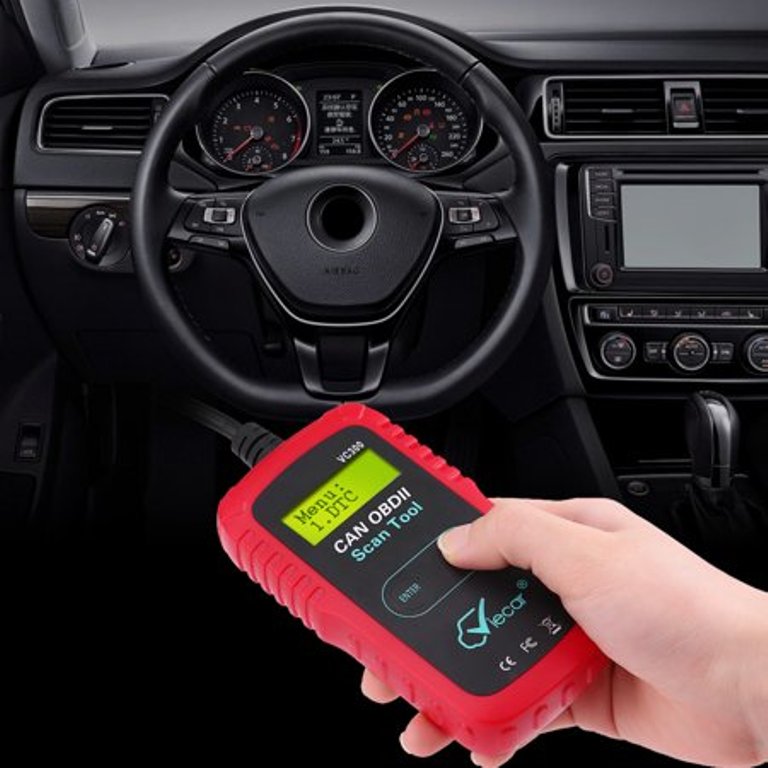There are several reasons for check engine light illuminations, so many, in fact, that auto manufacturers devised a system to help maintenance technicians find the underlying problems quickly and efficiently. The system is a collection of trouble codes for on-board diagnostic systems. Each code typically corresponds to a fault or issue in your specific vehicle. However, as there are general and specific codes, it is often helpful to use a free VIN lookup to determine what a particular code means to your car.
General Format
Diagnostic trouble codes or obd2 codes are created using a four-category system. First, there are body or B-codes. These codes are generally reflective of cabin functions.

Therefore, any malfunctioning systems that have to do with driver comfort, convenience, assistance and safety will usually illicit a B-code. Second, there are C-codes of chassis codes, and these are typically representative of problems in the mechanical systems of the chassis, such as brakes, suspension and steering. Third, U-codes of network and vehicle integration codes have to do with any onboard computers. Last, powertrain or P-codes. These codes show up when there are problems detected in the engine, drivetrain or transmission.
Generic Versus Specific Coding
Beyond the first letter of a code, the first digit is indicative of whether the code is universal or specific to a manufacturer. For example, 0 typically represents an error code that can be used across several makes and models to describe the same type of issue. However, a letter followed by the number 1 is representative of an enhanced or manufacturer specific code. Beyond 0 and 1, a trouble code might display with a 2 or 3 following the letter. In this case, the code being generic or specific is dependent on the category. For example, P3 codes are manufacturer-specific, while P2 codes are generic.
Second Digit Confusion or Evolution
There was a time when the second digit in a code represented a subsystem. For example, in P0200, the 2 represents a specific system or location for the issue. However, in the latest documentation available, the second digit now signifies the functional areas.
Therefore, depending on the make and model of your car, the second digit can either represent a subsystem or a functional area. This change was made because of the evolution and integration of new technologies into vehicle systems.
Fault Descriptions

The final digits of a code, which can be two or three digits long, represent the fault description or the actual problem. Unfortunately, without a list of the trouble codes specific to your vehicle, it is impossible to decode. Therefore, you need a device to explain the code meaning, or you need to find a place to lookup your Vin and the codes specific to your vehicle.
A trouble code does not necessarily represent a significant expense to you. Many codes are simple fixes and can even be avoided through proper vehicle maintenance.
Therefore, if you are experiencing an error code on your dash, head on down to your favorite auto parts dealer and see about a diagnostic check.




